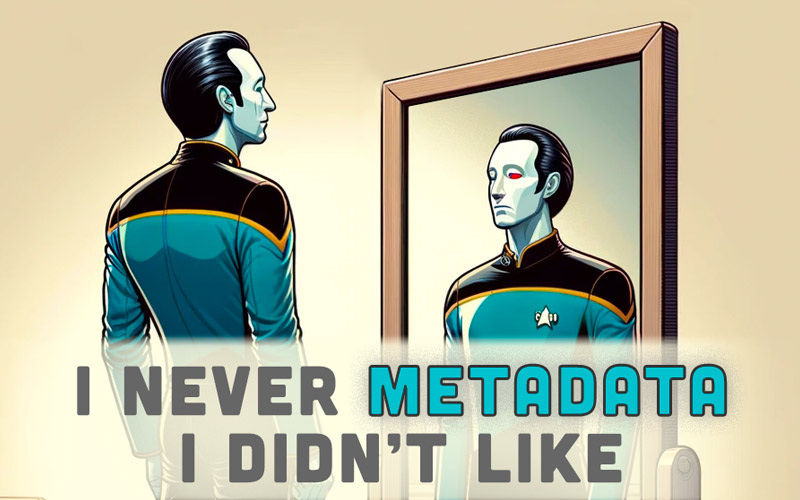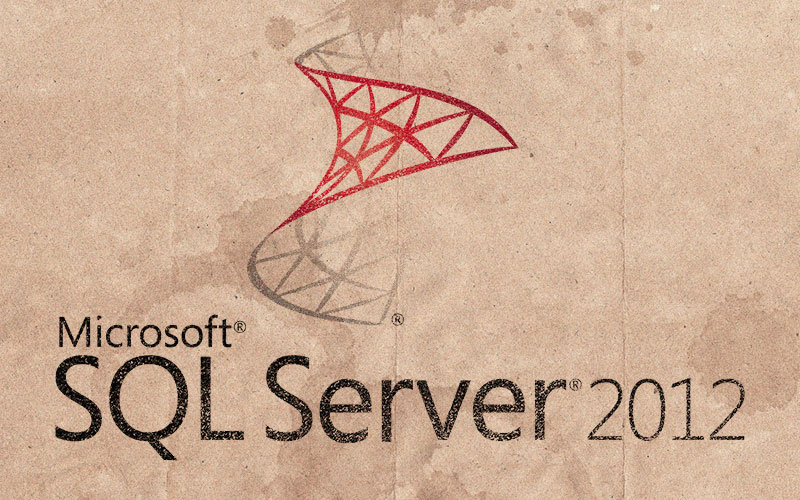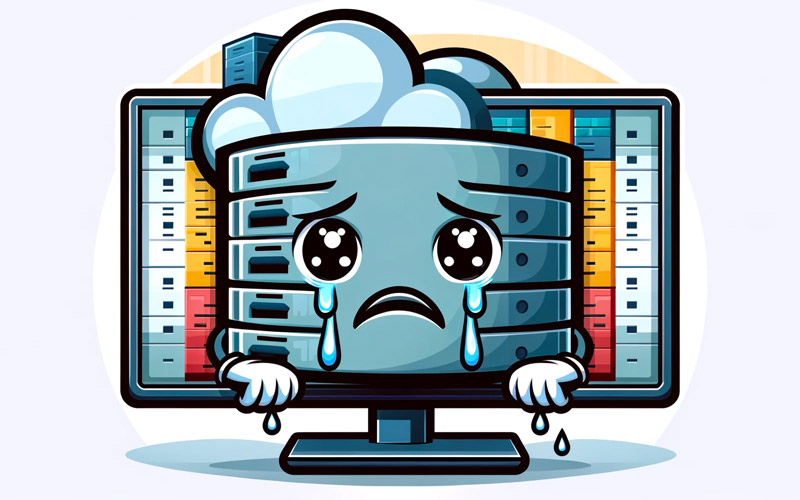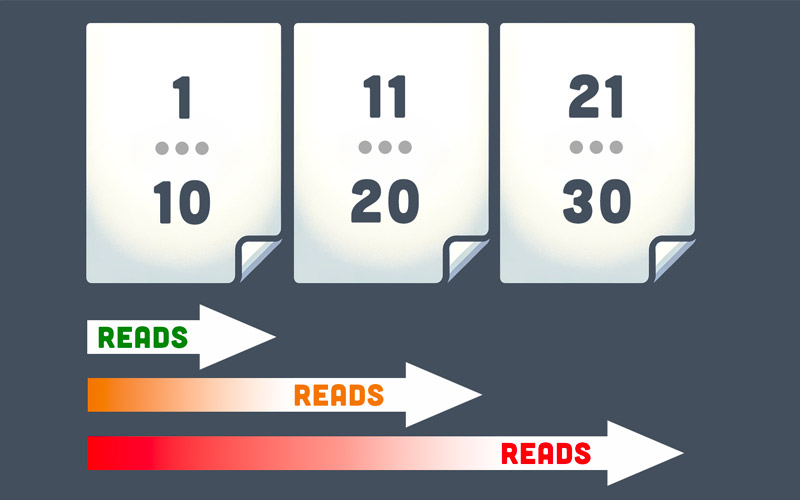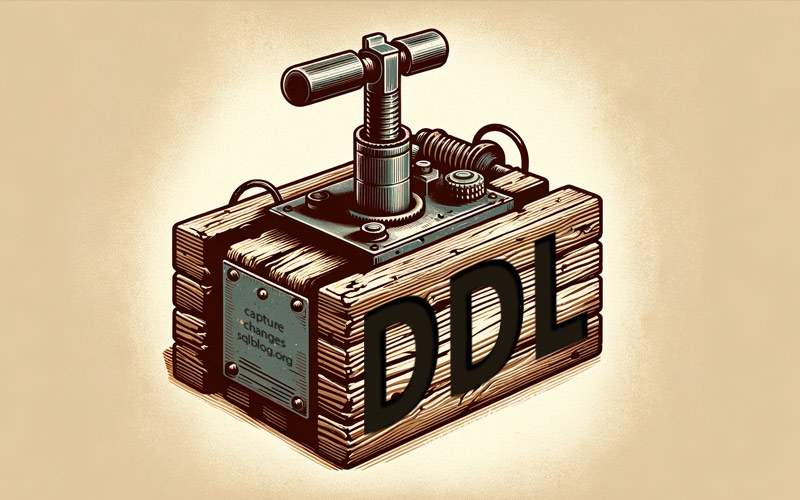Hugo Kornelis has suggested that SQL Server's proprietary UPDATE FROM and DELETE FROM should be deprecated (in favor of MERGE). I disagree.
Some details around why you can't restore or attach a database to an older version of SQL Server.
Tip : Identify SQL Servers with inefficient power plans using Policy Based Management
For T-SQL Tuesday, I talk about my resolutions for 2011, including getting better at rehearsing presentations.
If you're not living in a cave, you are probably aware of the blog posts and twitter discussions that resulted from an innocent post by...
I talk about some questionable choices by the SQL Server naming committee.
See some new metadata-related features introduced in SQL Server 2012.
Some older versions of SQL Server documentation were not very precise about the permissions required to change a table's IDENTITY_INSERT setting.
Sometimes, Microsoft's documentation – and the occasional comment in their own code – doesn't inspire a whole lot of confidence.
For this month's T-SQL Tuesday, I talk about things that can happen when management requirements and aggressive sales teams are faced with the realities of engineering.
I talk about a brand new feature that eventually arrived in SQL Server 2012: SEQUENCE.
Tip : Find unused SQL Server indexes with Policy Based Management
Tip : More intuitive tool for reading SQL Server execution plans
I explain how partially contained databases work and what problems they intend to solve.
I highlight some issues with the 2012 release of Books Online, the documentation set for SQL Server.
I talk about an enhancement introduced in SSMS 2012 that will make it simpler to troubleshoot an offline instance.
SQL Server 2012 introduces OFFSET and FETCH NEXT clause to help simplify pagination.
Discover a potentially breaking change to how object_id values are assigned to #temp tables starting with SQL Server 2012.
For this T-SQL Tuesday, I talk about how you don't have to be a Jedi to use The Force.
See a brute force way to remove stubborn components from SQL Server Evaluation Edition (or any edition, really).
I talk about leaving my architect position at One to One Interactive to join the team at SQL Sentry.
Someone asked how to load a local HTML file into the database. I show one approach.
We got a very bad misleading error message from ASPState; here's how we fixed it.
Your naming scheme isn't important, but being consistent is crucial.
Tip : Make your SQL Server database changes backward compatible when changing a relationship
Tip : Make your SQL Server database changes backward compatible when renaming an entity
I poke a little fun at the mind-numbing levels of profit these penny auction sites must be enjoying.
Gone are the days of the library or poring over a textbook. In the SQL Server community, your peers are your best learning resource.
Kept around for posterity; it's a bit comical in 2024 how much time and effort I spent trying to squeeze milliseconds out of splitting strings.
I've come full circle but in 2010 I sure had a lot of optimism for the common language runtime.
Tip : Make your SQL Server database changes backward compatible when dropping a column
See two BULK INSERT issues I came across and how I dealt with them.
Tip : Make your SQL Server database changes backward compatible when adding a new column
In this tip, I explain Unicode compression, the impact on space, and why it's beneficial.
I talk about a short list of things I'd love SQL Server to just get rid of already.
Tip : Simple process to track and log SQL Server stored procedure use
Tip : Find all columns of a specific data type using Policy-Based Management
I talk briefly about the toll the rest of your short-term responsibilities can take when you immerse your self in valuable training that will pay off in the long run.
I set out to disprove an argument that you can't possibly benefit from both data compression and backup compression.










